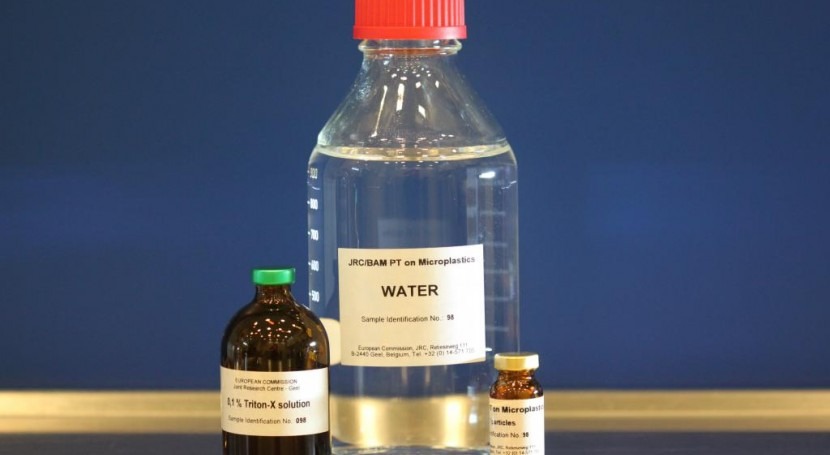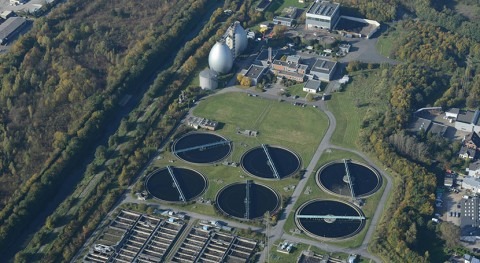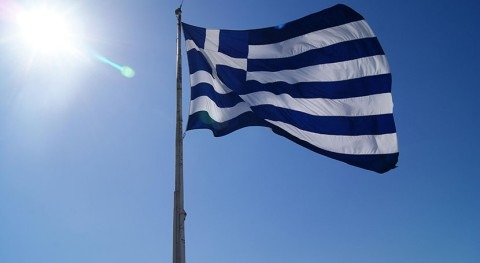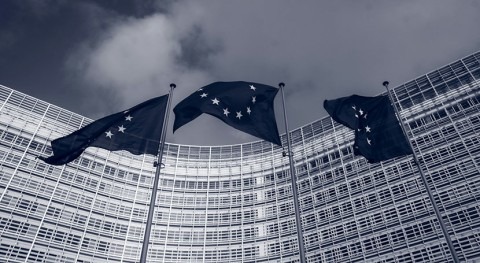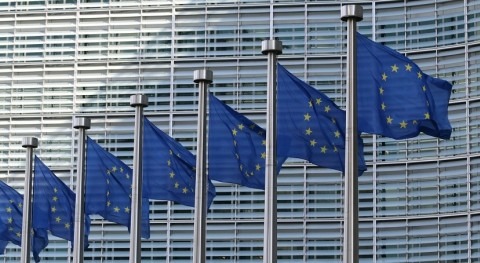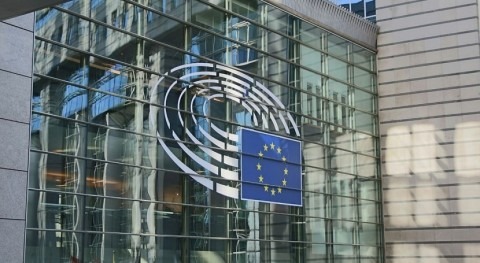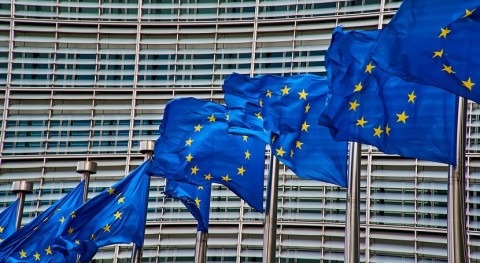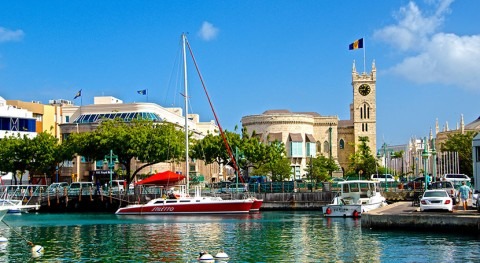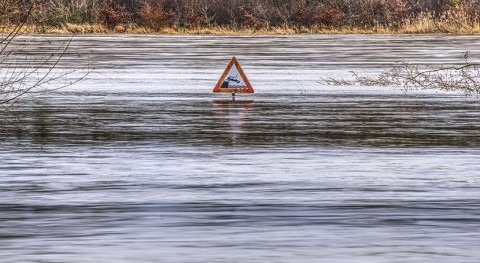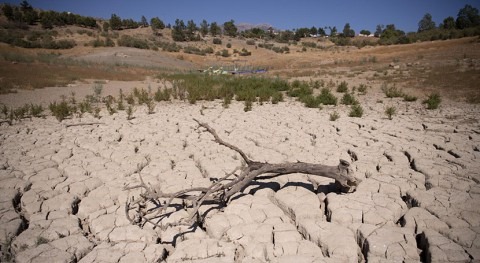The JRC launched this week an inter-laboratory comparison study to identify and harmonise methods to measure microplastics in water.
There is an emerging concern regarding the impact of microplastics on human health. Further research is needed to make a credible judgement of the risk.
Microplastics are tiny pieces of plastics that are increasingly reported to contaminate the water we drink, the food we eat and the air we breathe.
Where do microplastics come from?
Microplastics can be intentionally produced and added to products for a specific purpose, for example as exfoliating beads in facial or body scrubs.
They can be formed during the life-cycle of plastic products, e.g. by abrasion of tyres or fibres released from synthetic cloths.
Microplastics can also be formed through degradation of plastic articles released into the environment, e.g. by inappropriate waste management.
Need of reliable and comparable data
Currently, some data is available about microplastics in various environmental compartments and some foodstuff.
However, it is, at present, not possible to assess the human exposure and to judge the potential health risks, as emphasised in a related JRC publication.
In fact, we are lacking reliable and harmonised methods for the measurement of microplastics.
In order to fill this gap, the JRC launched an inter-laboratory comparison study to determine microplastics in water samples.
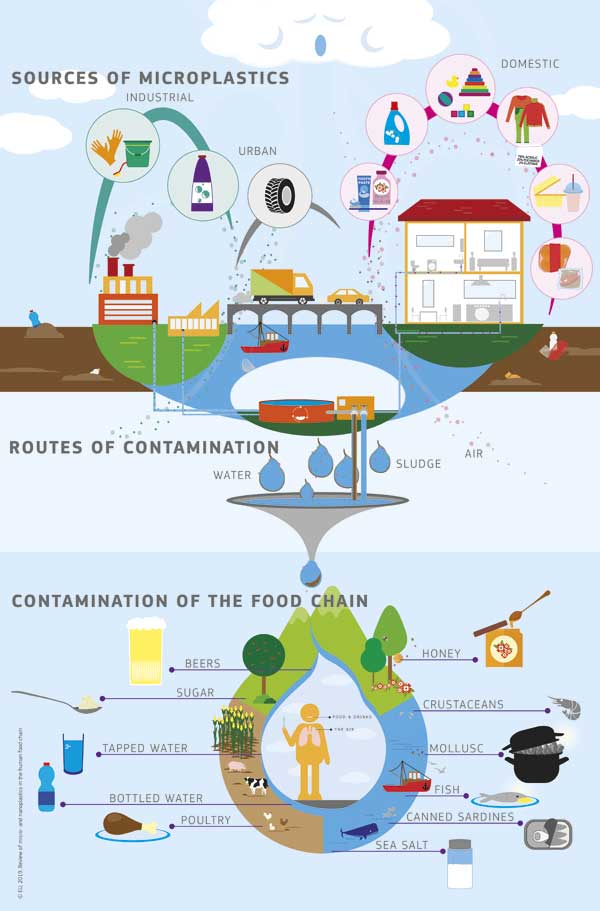
The routes of microplastic particles to humans
How does this study work?
Samples of water spiked with microplastics are sent to a group of 130 laboratories around the world.
They will independently measure the quantity of microplastics in the samples and send their data to the JRC, which will evaluate the results.
The outcomes of the study are expected to be available in autumn.
This inter-laboratory comparison study will help to identify potential methods for further harmonisation of measurements of microplastics in water.
This will contribute to a wider range of activities JRC performs in support of the EU actions on plastics and microplastics, such as the development of reference materials, a monitoring campaign for microplastics in wastewater, the development of a test method for measuring the abrasion of tyres, or work on the Marine Strategy Framework Directive.
What is the EU doing in the field of microplastics?
In 2018, the European Commission proposed new EU-wide rules to target the 10 single-use plastic products most often found on Europe's beaches and seas, as well as lost and abandoned fishing gear.
Together these constitute 70% of all marine litter items.
The EU Plastic Strategy contains a comprehensive approach to reducing the emission of microplastics from all sources.
Under the European Green Deal, addressing emissions from microplastics will be one of the Commission’s priorities.
The Commission envisages focused actions to limit the emission of microplastics from the use of products such as tyres and textiles, and from primary plastic production.
The Commission is also working on a restriction of microplastics intentionally added to consumer or professional products, such as cosmetics, paints or detergents.
The new Drinking Water Directive empowers the Commission to develop a methodology to measure microplastics with a view to including them on the watch list.
As a follow-up to the Evaluation of the Urban Waste Water Treatment Directive, the Commission will also look at methods to measure microplastics in the influent and effluent of wastewater treatment plants as well as how removing microplastics from wastewater increases the concentration of microplastics in the sludge.


